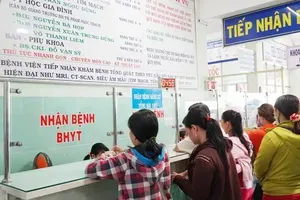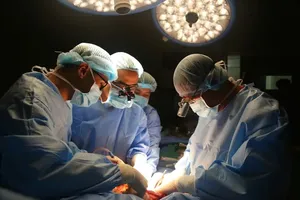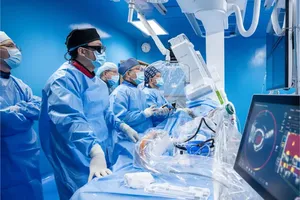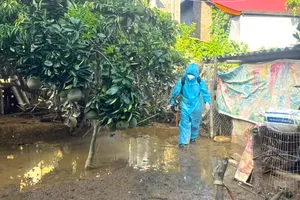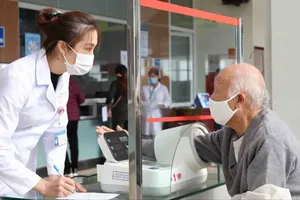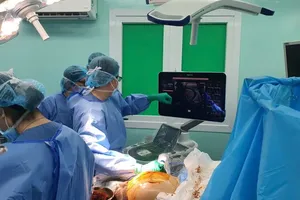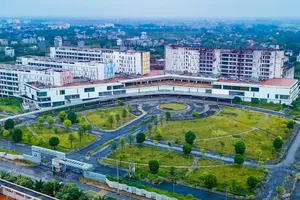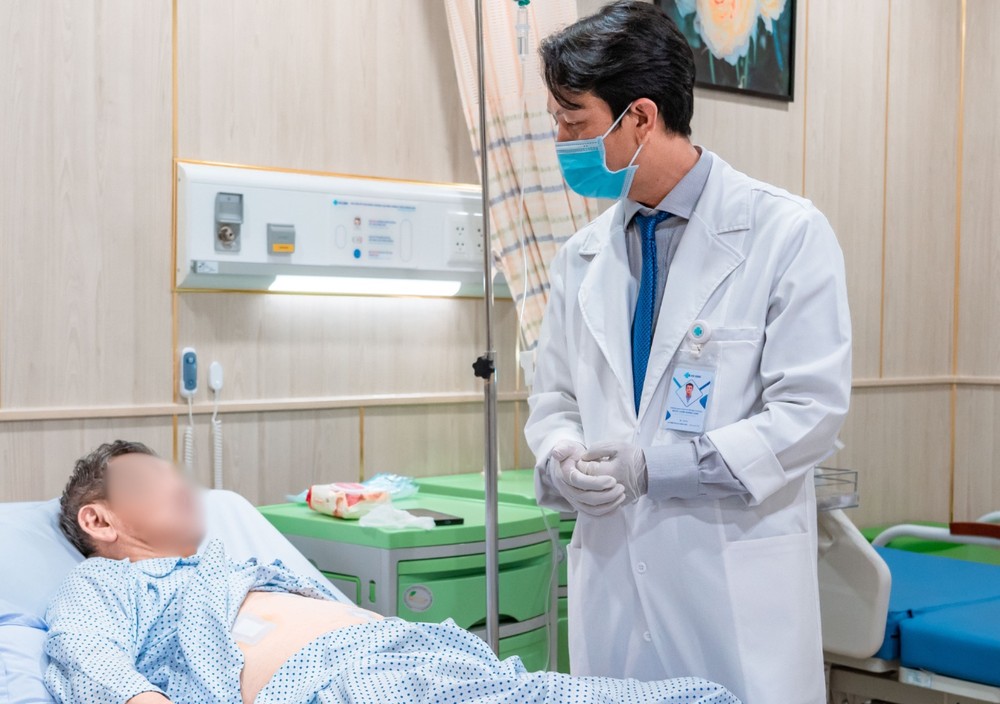
After four days of persistent abdominal pain, a Thai national was rushed to Gia Dinh General Hospital in HCMC in critical condition and was diagnosed with necrotizing cholecystitis, complicated by a ruptured gallbladder and severe intra-abdominal infection. The patient faced a high risk of septic shock and death.
Hospital officials, on June 20, confirmed the successful emergency surgery of 64-year-old M.T., a Thai citizen, who was admitted with intense abdominal distension, high fever, and signs of altered consciousness.
Medical evaluation revealed widespread abdominal infection, severe electrolyte imbalance, and previously undiagnosed type 2 diabetes, alongside a history of hypertension.
Imaging results showed an abnormally enlarged gallbladder with thickened walls, gallstones, and pus accumulation spreading into the abdominal cavity—classic indicators of necrotizing cholecystitis with perforation, a dangerous condition that, without urgent surgical intervention, can rapidly progress to septic shock and death.
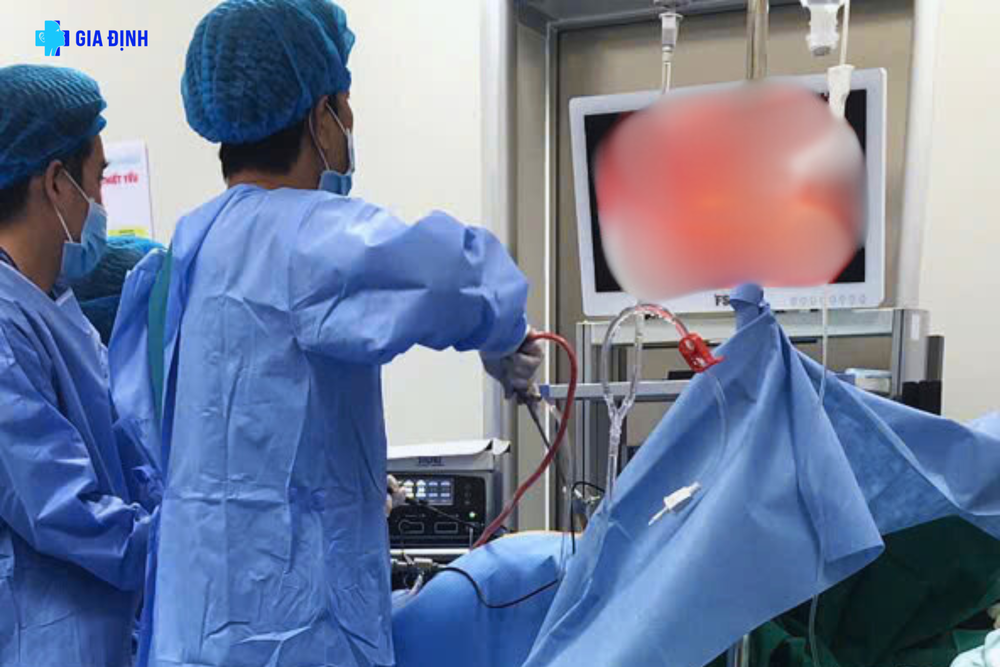
Following an emergency multidisciplinary consultation, doctors opted for immediate laparoscopic surgery overnight. Intraoperatively, the gallbladder was found to be almost entirely necrotic and adherent to surrounding organs, complicating dissection and hemostasis.
Due to unstable hemodynamics, the surgical team was forced to lower the pneumoperitoneum pressure below standard levels to avoid circulatory collapse.
Postoperatively, the patient received intensive care, including high-spectrum antibiotics, close monitoring of vital signs, electrolyte correction, and blood sugar management. After five days of recovery, the patient was discharged in stable condition.
According to Dr. Doan Hoang Chau, a specialist at Gia Dinh Hospital, timely diagnosis, rapid intervention, and comprehensive systemic management are crucial in treating acute biliary conditions, particularly necrotizing cholecystitis.
“Mortality rates from biliary peritonitis following gallbladder rupture range from 9.5 percent to 16 percent, and can rise to 30 percent in severe necrosis cases,” Dr. Doan Hoang Chau noted. “This patient was at extremely high risk due to delayed admission and multiple underlying conditions.”
Doctors emphasize the importance of regular health screenings, especially for high-risk groups such as women over 40, individuals who are overweight or obese, and those with chronic conditions like diabetes, hypertension, or dyslipidemia.
Early signs of gallbladder disease include dull or sharp pain in the right upper abdomen, fever, nausea or vomiting, and mild jaundice. Prompt medical attention is vital to prevent serious complications.
Preventative measures include a low-fat, high-fiber diet, adequate hydration, and regular physical activity to reduce the risk of gallstone formation.
